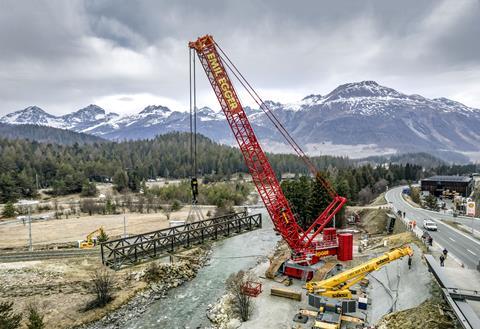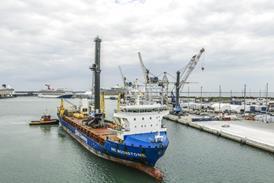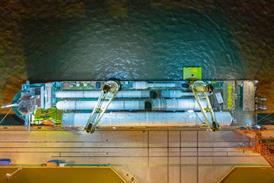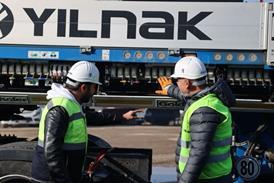Crane contractor Emil Egger has utilised its Liebherr LR 11000 crawler to install a 176-tonne railway bridge in the Swiss canton of Graubünden, completing the works at an altitude of almost 2,000 m.

The 1,000-tonne capacity crawler was transported to the southeast of the country to replace three railway bridges that were around 100 years old. Work on the first bridge structure was particularly challenging; because of the limited space available for the crane on a metalled embankment facing the adjacent road, it was not possible to use the derrick boom with its suspended ballast.
“To ensure we have sufficient stability for lifting the new, significantly heavier railway bridge, we had to maximise the central ballast on the crane to compensate for the lack of suspended ballast,” explained Michael Egger, managing director. He discussed the load case in this unusual configuration with the specialists at Liebherr in Ehingen: “The LR 11000 is equipped with 90 tonnes of central ballast as standard. We have therefore packed 130 tonnes into the crane for this operation after Liebherr gave us the OK to do so.”
The slewing platform ballast was loaded with the maximum counterweight of 250 tonnes.
Before the new steel structure, which is around 35 m long and was assembled onsite from several segments, could be placed in position, the old bridge structure first had to be removed. The 65-tonne truss construction was lifted off the abutments and set down on the edge of the mountain river, next to LR 11000. It was then repositioned later for removal.
Afterwards, the crawler crane was able to lift the new bridge from the special transporter on the road and position it above the river using a radius of around 22 m. “With this radius and a gross load case of 205 tonnes, we are almost at the limit of the load chart for the crane in this particular configuration,” said Egger.
The LR 11000 was erected and dismantled by a Liebherr LTM 1250-6.1 mobile crane belonging to Sabesa, the main contractor the replacement of the three railway bridges.
















